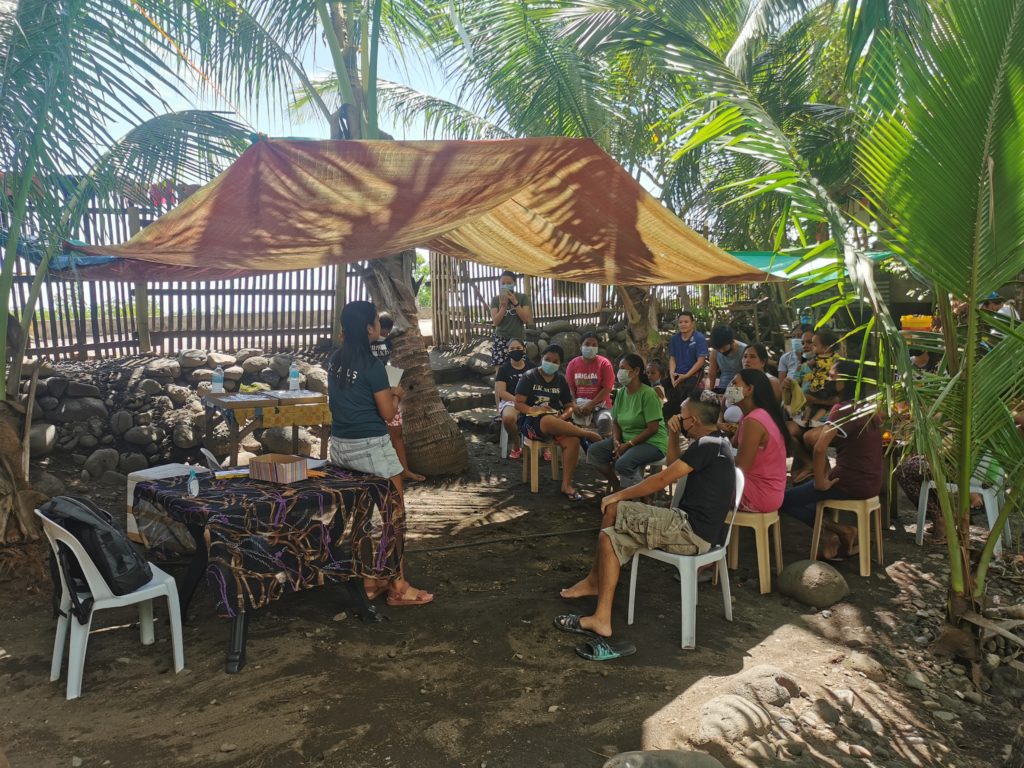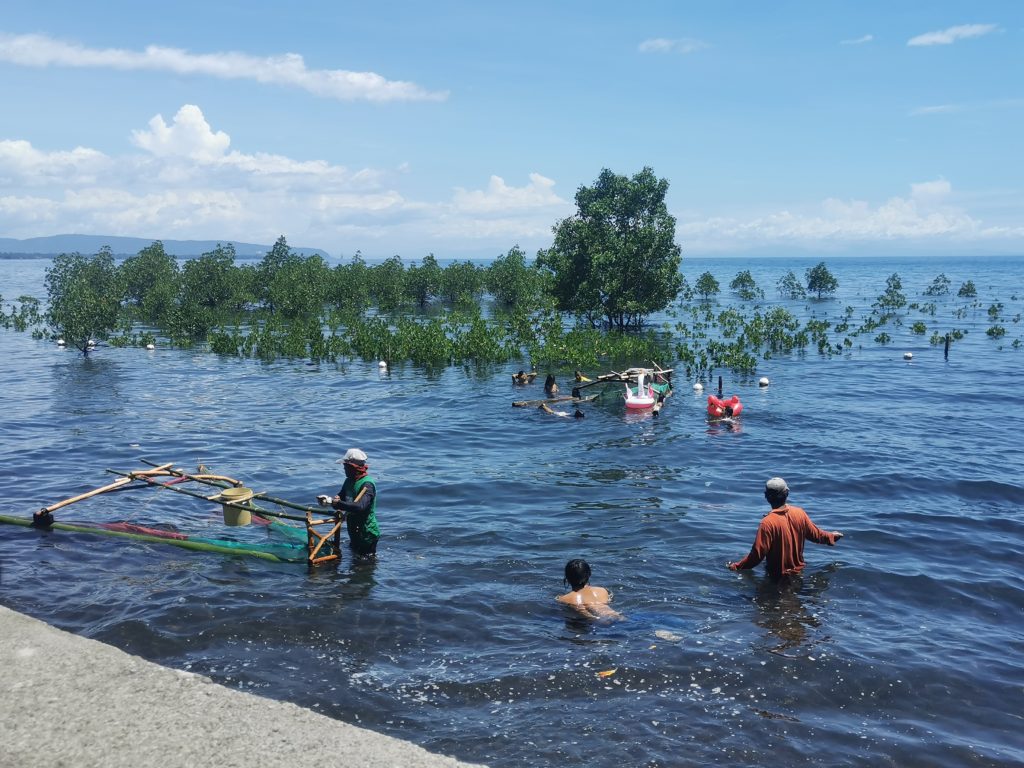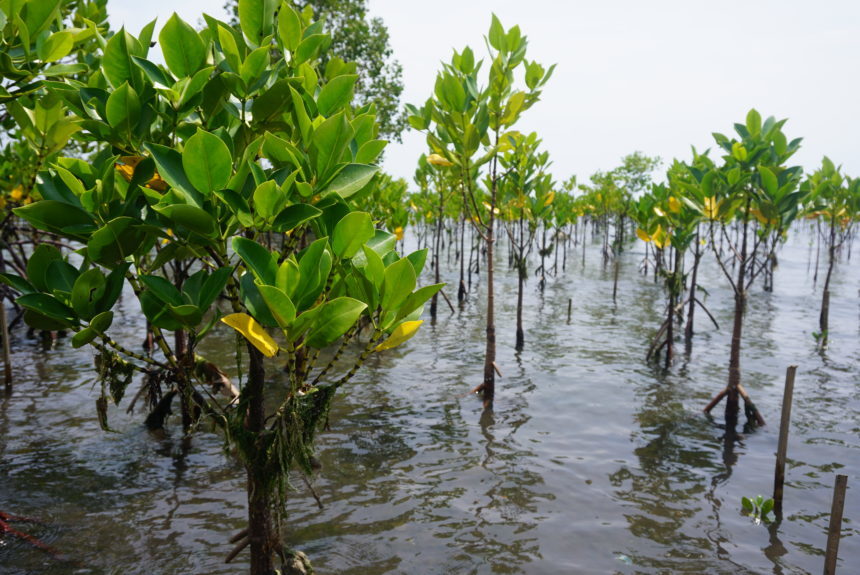“Mangroves are storm and wave protectors”
Salay community member
We recently conducted a perception survey with the Mangrove Organization in Salay, a municipality located in the northern region of Mindanao Island in the Philippines. It was a semi-structured survey to understand the people’s: (i) knowledge about mangroves, (ii) attitudes toward restoration efforts, and (iii) needs in the restoration process.
Understanding their needs will help us develop informational and educational materials as well as training modules on restoration. Doing this also shows that we are a community and that we value the trust the people place in us by sharing their valuable information.
As part of the survey, we gathered members of the Salay Mangrove Organization, a local group dedicated to mangrove restoration activities. Out of 25 active members, 15 women and seven men participated, all of whom have been with the Mangrove Organization since 2016. Thirty-eight percent of them were 26‒30 years of age and 19 percent were 31‒35 years old. Few of the participants were older than 35. Most of the women were housewives, while the men who were present were drivers and vendors. The participants mentioned that some male members went out to fish that day, so they weren’t able to attend the discussion. All of the members live within 3 km of the mangrove forests.
What does the community think about mangroves?
Sixty-three percent of the members know what a mangrove forest is, but 82 percent needed help in identifying different species of mangroves.
What are the different benefits mangroves give?
- 59 percent mentioned typhoon and wave protection
- 23 percent said fish nurseries
- 6 percent said mangroves provided both aesthetic value and livelihoods
- 3 percent said tourism


The highest percentage mentioned typhoon and wave protection which is understandable as the municipality of Salay experiences stronger wave activity during the habagat (southwest) monsoon, and the community members live in coastal areas. The value of storm protection from mangroves is also seen in the results we gathered from another village – besides Salay – where the community is exposed to waves and storms during typhoon season.
What information do the members need?
When the members were asked what type of information they would need to gain a better understanding of mangroves and become more involved in their restoration, 37 percent said they would like training on new and innovative methods of restoration and financial support, 29 percent mentioned manuals or guidebooks and other opportunities so they can benefit from mangroves, while 17 percent opted for scientific knowledge and be involved in mangrove monitoring in the future. In addition, when asked about the laws governing mangroves, only 45 percent indicated that they were familiar with them, 41 percent didn’t know about them, 5 percent were unsure and 9 percent didn’t give an answer.
Mangrove forests provide a diverse range of goods and services for humans, such as timber, fuelwood, food, coastal protection, and soil accretion. But they are also important habitats for a lot of birds, animals, and fish. Timber and fuelwood extraction from mangroves is banned in the Philippines under the strict supervision of the Department of Environment and Natural Resources (DENR). The members said they used to collect fuelwood but discontinued this practice because of the regulations imposed.
From the information we gathered and the additional comments we received from the communities, the key takeaway is that they need more training and knowledge in relation to mangroves. This would help them build their capacity to protect and train neighboring villages on the best practices of restoration.


